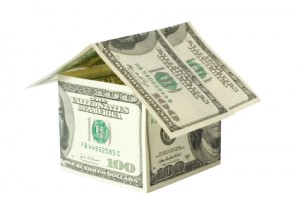Often, investors tell you that, “In real estate investing you make all your money by buying  right!”
right!”
The truth is, “Buying Right” is only part of the ‘flipper equation’.
Most property flips need repairs and upgrades as part of working the flip. Even when holding property, eventually repair and maintenance is needed. This makes property flips, a three-step process: Buy, Renovate, and Sell.
If you buy wrong it’s hard – some say impossible – to turn the situation around. There is no question; flipping property starts with the buy. People have a great degree of control over the buy if they are objective and willing to walk away from the deal. The “trick” is to have solid information that makes you confident you are buying right.
The same information helps your reasonably predict, but cannot control, the sell. Selling is always subject to market changes.
You can buy right only to see the profit slip away when the renovation goes over budget, takes too long, or both. It’s easy to understand why going over budget can reduce profit, but a project is on budget, but takes too long and the market changes – taking a dive mid project. That’s what happened to thousands of flippers when the housing bubble burst in 2008.
Each of those conditions are enough to lose some or all of your profit. Both together, will have you deciding between holding and renting in hopes of the market eventually turning around, selling at a loss, or foreclosure.
That’s why controlling the renovation, is the best way to maximize profit. With the right construction management system and tools in place, you can keep competition fair and reasonable, clearly outline expectations, hold people accountable, control costs, maintain a healthy power structure, and provide checks and balances.
And with unbiased and objective support in place, you can easily sort out confusing and / or conflicting information.
With these two things, you can keep your residential and light commercial project on track, profitable and headache free.